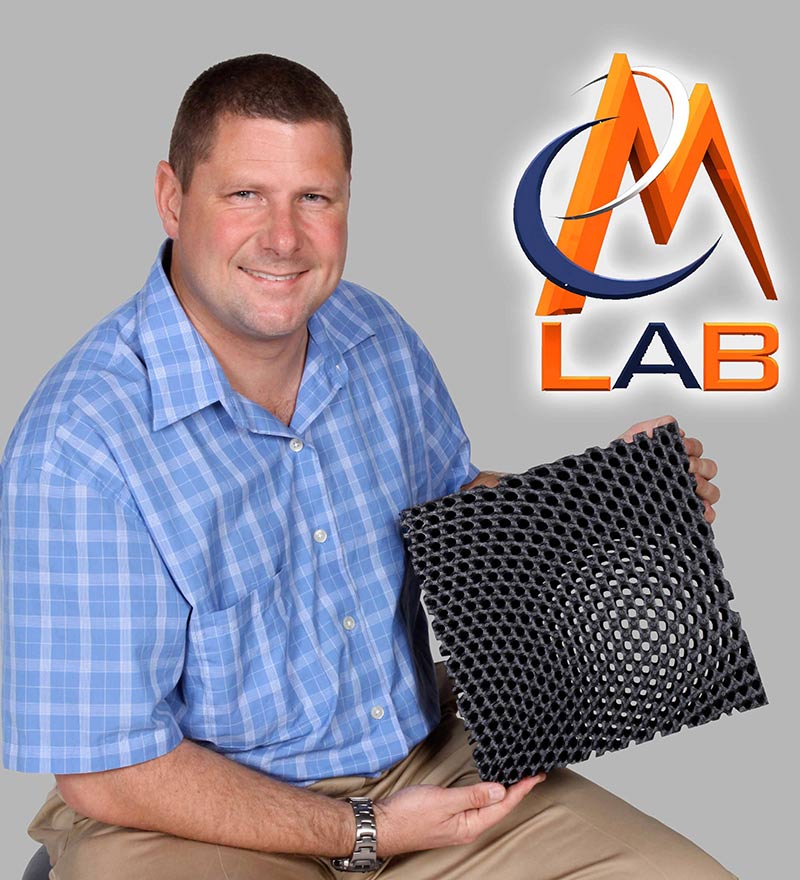UTEP Professor Named Fellow of International Society for Optics and Photonics
Last Updated on January 29, 2020 at 12:00 AM
Originally published January 29, 2020
By UC Staff
UTEP Communications
Raymond C. Rumpf, Ph.D., professor of electrical and computer engineering at The University of Texas at El Paso, was promoted to Fellow of the International Society for Optics and Photonics (SPIE), an educational nonprofit established to advance light-based science, engineering and technology.

Each year, SPIE promotes members to new fellows of the society. Fellows are members of distinction who have made significant scientific and technical contributions in the multidisciplinary fields of optics, photonics and imaging. They are honored for their technical achievement and for their service to the general optics community and to SPIE in particular.
“Our fellows represent the technical range, diversity and ethos of SPIE,” said Jeffrey Puschell, chair of the SPIE Fellows Committee and space systems engineer with Raytheon Space and Airborne Systems in El Segundo, California. “With our 72 new fellows — including for the second year in a row, a record number of women — we honor the innovative technologies that are being developed across the optics and photonics industry by scientists in academia, industry and government.”
Rumpf’s research is focused on developing revolutionary technologies in photonics, electromagnetics and circuits that are enabled by digital manufacturing. His research team members are pioneers and leaders in the areas of hybrid additive manufacturing, electromagnetics, and photonics. Their research also includes 3D/volumetric circuits, metamaterials, photonic crystals, antennas, frequency selective surfaces, nanophotonics, devices for extreme environments and computational electromagnetics.
“My research group works on very unconventional and ambitious topics, so awards like this are very meaningful to me because it recognizes that our work has been truly significant and made an impact,” Rumpf said.
Rumpf’s work in spatially-variant lattices led him to discover new ways to control light. His team set a world record for tightest bend of an optical beam and was awarded with Best Photonics Technology in 2015 by Opli Magazine.
“Being honored as a fellow of SPIE is a very big deal to me because it was such a great time getting to this point,” Rumpf said. “I traveled to awesome places, met incredible people, collaborated with brilliant scientists, and mentored students who have sacrificed and worked incredibly hard. They say the key to success is to surround yourself with people smarter than you. I have certainly done that with the students who have worked with me in the EM Lab and with the people with whom I have collaborated over the years.”